Please sign in to access this resource
Not a Florida public school educator?
Access this resourceon CPALMS.com
General Information
Aligned Standards
This vetted resource aligns to concepts or skills in these benchmarks.Related Videos

Let this researcher explain how studying fossils and isotopes can help us understand ancient climate conditions!
Download the CPALMS Perspectives video student note taking guide.

When your classroom is the open ocean, which is the longest period? The one from the tsunami.
Related Resources:
KROS Pacific Ocean Kayak Journey: GPS Data Set[.XLSX]
KROS Pacific Ocean Kayak Journey: Path Visualization for Google Earth[.KML]
Download the CPALMS Perspectives video student note taking guide.

Hear how mathematics helped shape Dr. James O'Brien's groundbreaking research in ocean modeling of El Niño.

COAPS oceanographer Dmitry Dukhovskoy describes the process used to mathematically model eddy shedding in the Gulf of Mexico.

Listen to a discussion about how moist atmospheric rivers are influencing increased monsoonal events.
Download the CPALMS Perspectives video student note taking guide.

This FSU professor discusses the limitations and need for improvement to models used to forecast hurricanes.

In the Earth's systems, everything is connected! This meteorologist explains the relationship between monsoonal heat columns and polar ice-melt.
Download the CPALMS Perspectives video student note taking guide.

A discussion focusing on the predictions that underestimated the storm surge from Hurricane Dennis on the Florida panhandle.
Download the CPALMS Perspectives video student note taking guide.

Dissolved oxygen is important to all life in and out of the water! Learn more in this video!
Download the CPALMS Perspectives video student note taking guide.

A climatologist rains down information about how physical factors form regional climates.
Download the CPALMS Perspectives video student note taking guide.

Listen up as a meteorologist explains how weather balloons work and how they collect data for models they can use to make forecasts.
Download the CPALMS Perspectives video student note taking guide.

A discussion describing ocean currents studied by a physical oceanographer and how math is involved.

What happens when math models go wrong in forecasting hurricanes?
Download the CPALMS Perspectives video student note taking guide.

COAPS oceanographer Steve Morey describes how math is used to help research hurricanes and strong deep ocean currents that could effect deep water oil rigs.
Download the CPALMS Perspectives video student note taking guide.

Description needed. Light Reflection, Refraction, & Absorption
Download the CPALMS Perspectives video student note taking guide.

A climatologist raises the bar with this classroom-ready 3D fluid dynamics weather demonstration.
Download the CPALMS Perspectives video student note taking guide.

Learn how the ocean pressures the climate into changing.
Download the CPALMS Perspectives video student note taking guide.

In a fog about weather patterns? This climatologist will demystify the topic for you.

Major Paul Homan describes the needs and capabilities of the United States Air Force with regard to global weather prediction and modeling.
Download the CPALMS Perspectives video student note taking guide.

Glass artist Russel Scaturro explains how fine control of gas flow aids efforts to minimize his carbon footprint toward a larger goal of environmentally-conscious fabrication methodology.
Download the CPALMS Perspectives video student note taking guide.
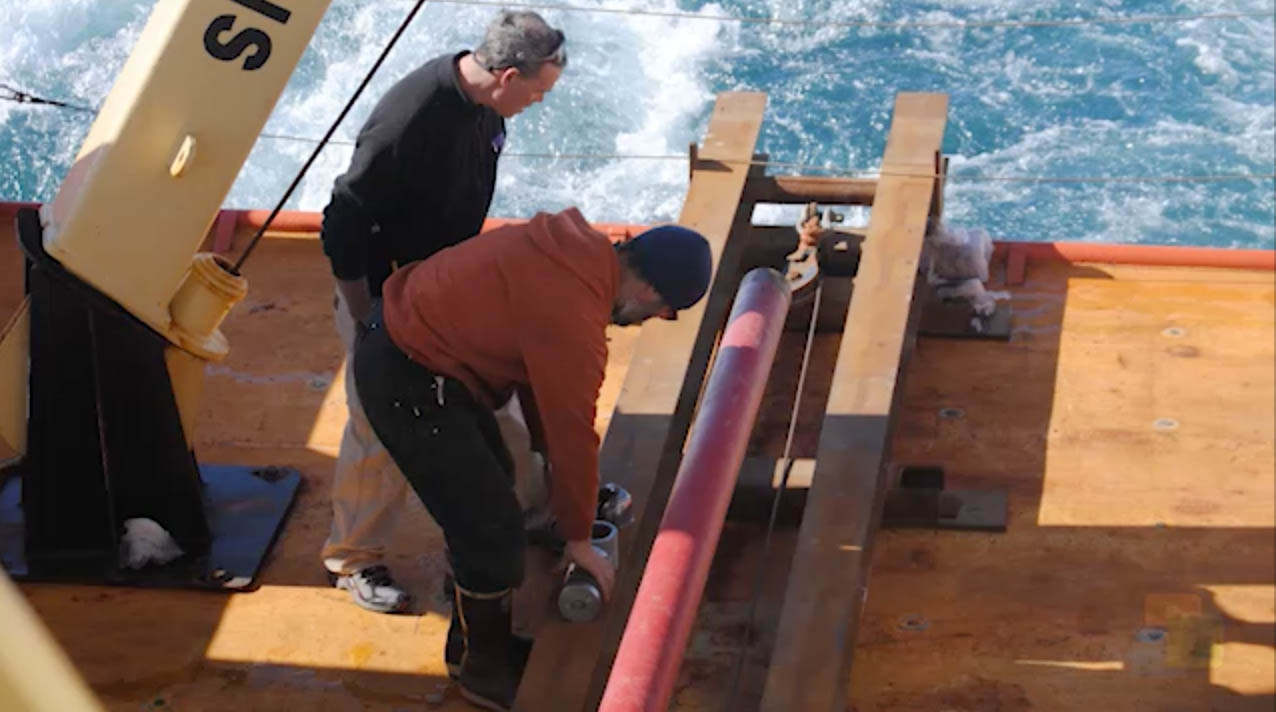
In this video, Eugene Domack explains how past Antarctic ice sheet movement rates allow us to understand sea level changes. Video funded by NSF grant #: OCE-1502753.
Download the CPALMS Perspectives video student note taking guide.
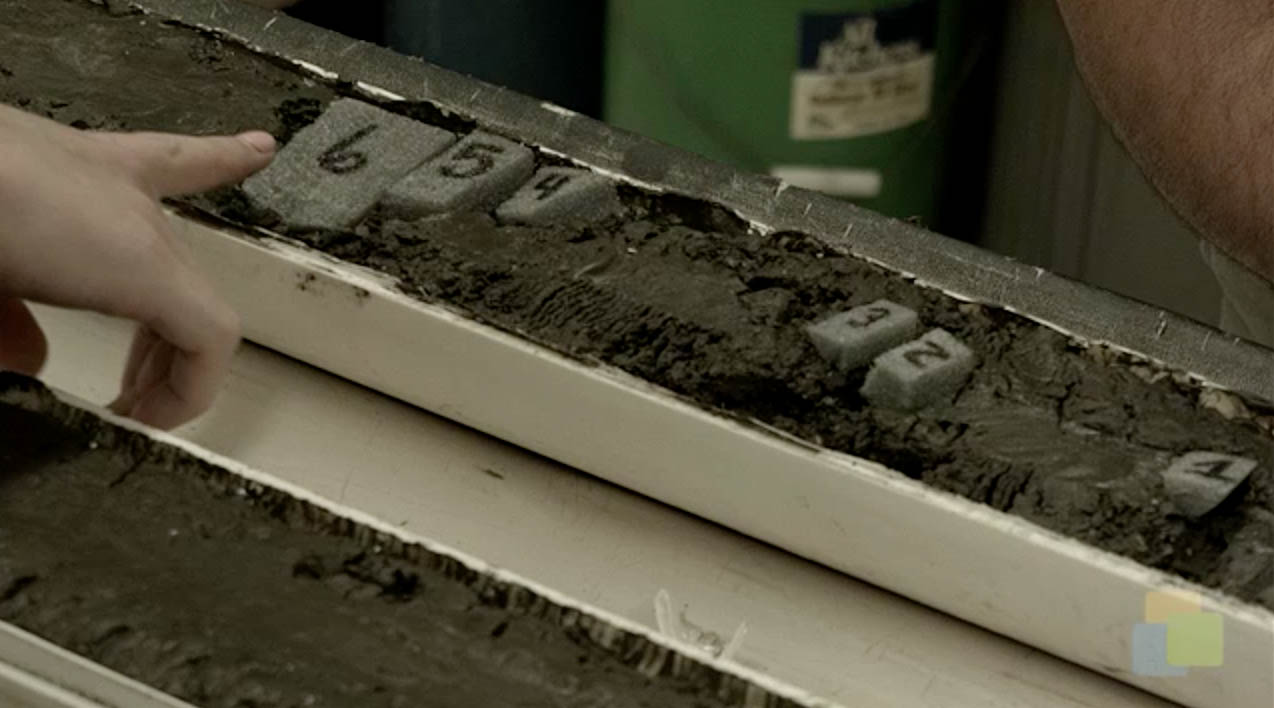
Eugene Domack, a geological oceanographer, describes how sediment cores are collected and used to estimate rates of ice sheet movement in Antarctica. Video funded by NSF grant #: OCE-1502753.
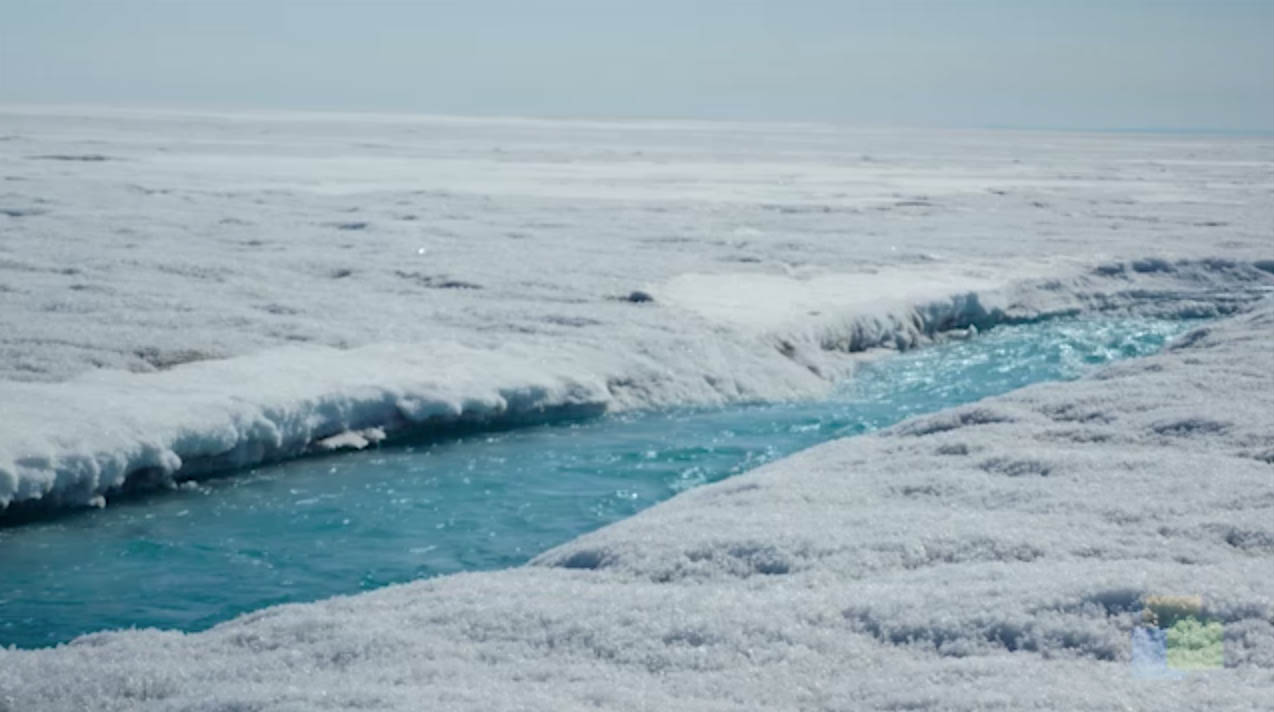
In this video, Brad Rosenheim describes how Louisiana sediment cores are used to estimate sea level changes over the last 10,000 years. Video funded by NSF grant #: OCE-1502753.
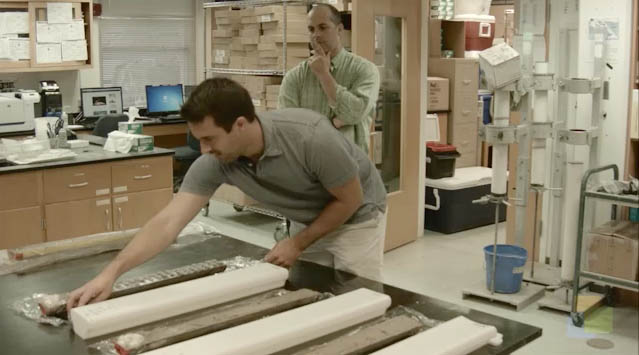
Watch as Brad Rosenheim, a geological oceanographer, explains how modern technology and sampling methods are used for sea level research. Video funded by NSF grant #: OCE-1502753.
Download the CPALMS Perspectives video student note taking guide.
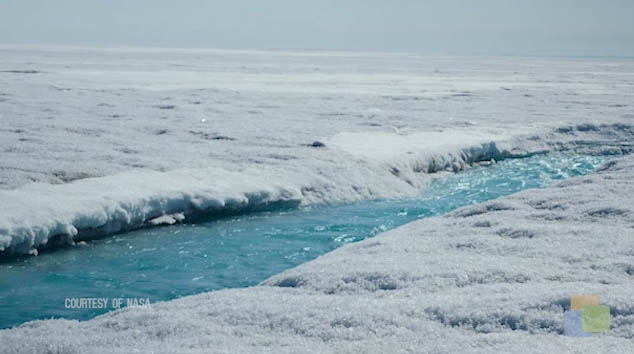
Watch as Don Chambers explains the role of satellites in measuring the mass of ice sheets and the connections between ice sheet mass changes and sea level. Video funded by NSF grant #: OCE-1502753.
Download the CPALMS Perspectives video student note taking guide.

In this video, Don Chambers explains how satellite technology is essential for assessment of sea level changes. Video funded by NSF grant #: OCE-1502753.
Download the CPALMS Perspectives video student note taking guide.
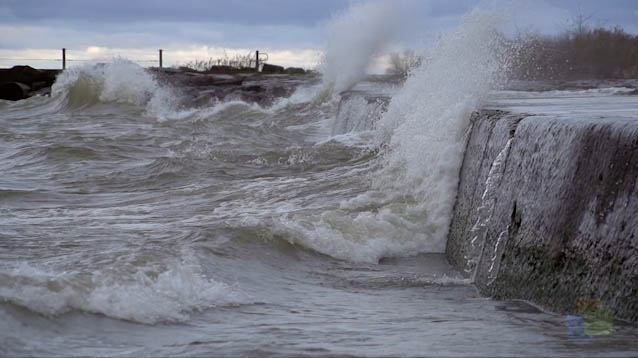
Entrepreneur and meteorologist Mark Powell discusses the need for statistics in his mathematical modeling program to help better understand hurricanes.
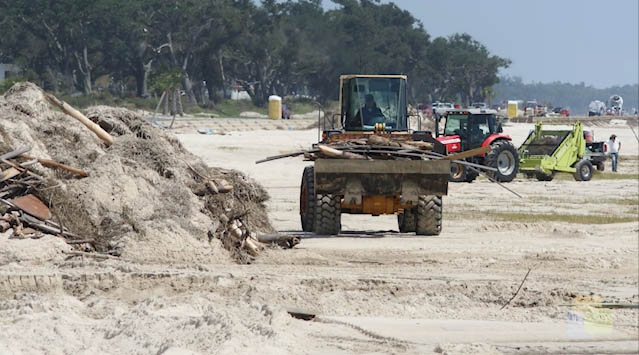
Hurricanes can hit at any time! How do insurance companies use math and weather data to help to restore the community?
Download the CPALMS Perspectives video student note taking guide.
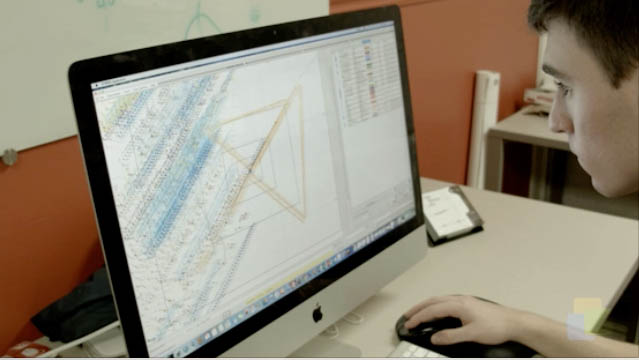
Meteorologist, Michael Kozar, discusses the limitations to existing hurricane scales and how he is helping to develop an improved scale.
Download the CPALMS Perspectives video student note taking guide.
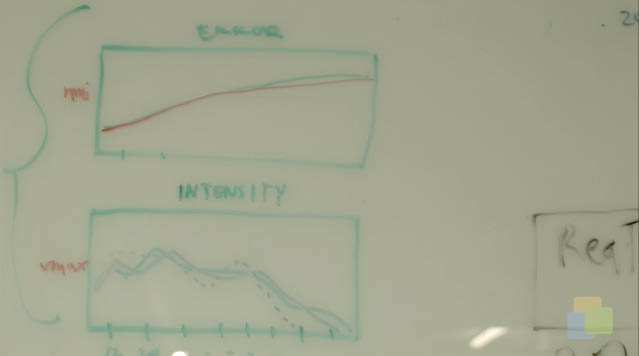
Meteorologist from Risk Management discusses the use of probability in predicting hurricane tracks.
Download the CPALMS Perspectives video student note taking guide.

Dean Grubbs discusses biogeochemical cycles in the oceans and their impact.
Download the CPALMS Perspectives video student note taking guide.
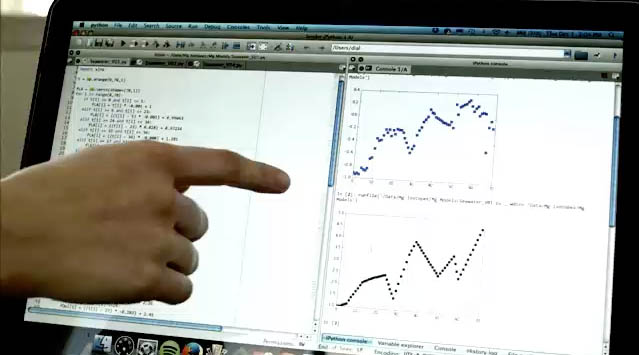
Angela Dial discusses how she solves systems of equations to determine how the composition of ocean floor sediment has changed over 65 million years to help reveal more information regarding climate change.
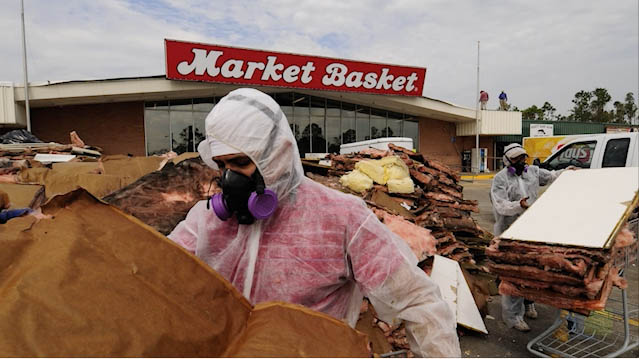
Michael Kozar speaks about severe weather and hurricane impacts.
Download the CPALMS Perspectives video student note taking guide.
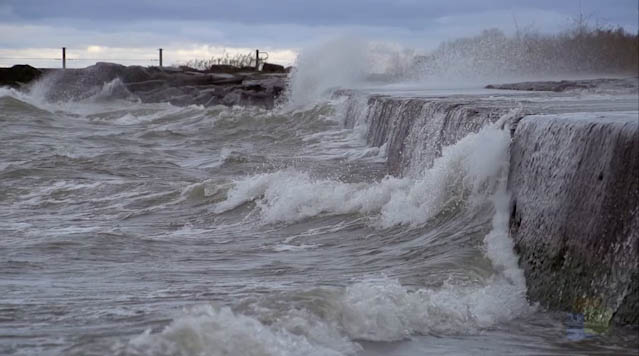
Michael Kozar talks about the influence land and water have on severe weather.
Download the CPALMS Perspectives video student note taking guide.
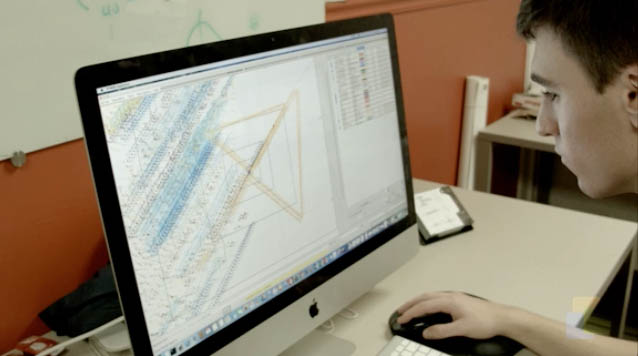
Mark Powell discusses the models used for hurricane predictions and the limitations that exist.
Download the CPALMS Perspectives video student note taking guide.
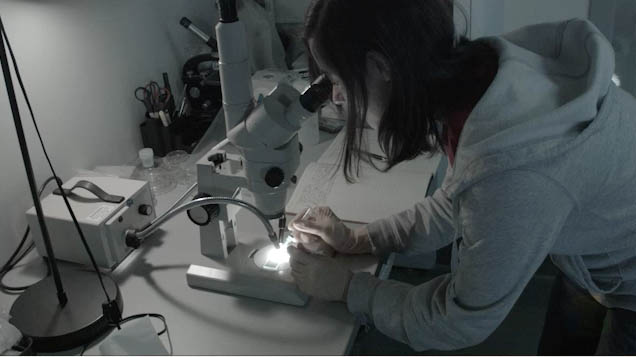
Angela Dial talks about using ocean core proxy data to investigate Earth's climate from the past.
Download the CPALMS Perspectives video student note taking guide.
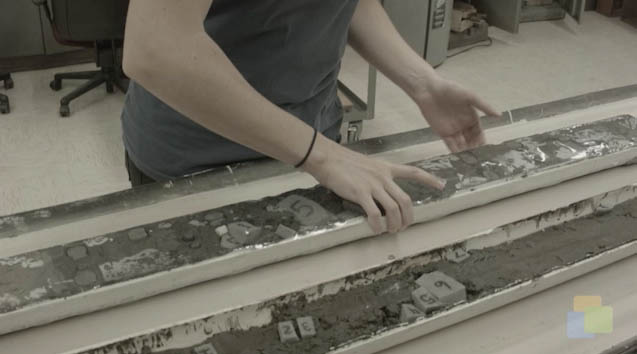
Angela Dial discusses the geologic and scientific evidence related to climate change in the past.
Download the CPALMS Perspectives video student note taking guide.
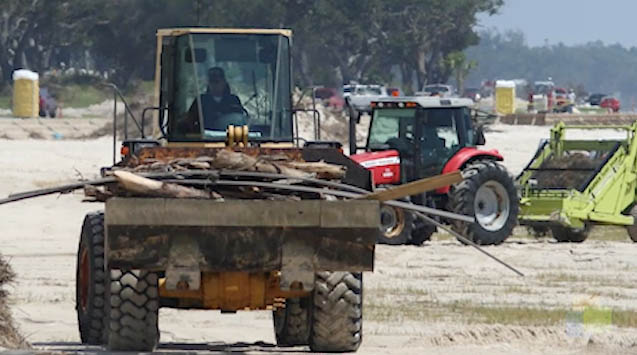
Mark Powell discusses the impacts that a hurricane can have.
Download the CPALMS Perspectives video student note taking guide.
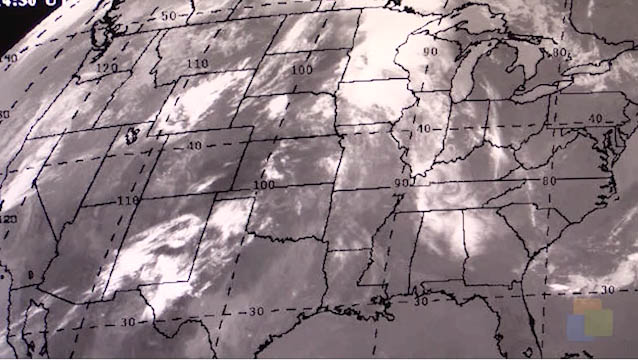
Jon Ahlquist discusses the various factors in weather predictions and why they are so important to our lives.
Download the CPALMS Perspectives video student note taking guide.

Jon Ahlquist discusses ensemble forecasting and how technology has allowed us to collect important data for the understanding of weather.
Download the CPALMS Perspectives video student note taking guide.
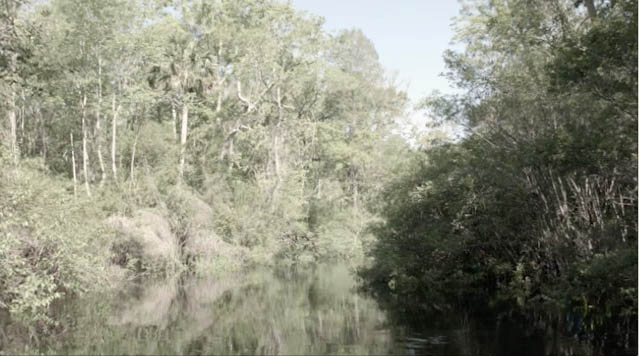
Kent Koptiuch talks about aquifers and the importance of water quality.
Download the CPALMS Perspectives video student note taking guide.
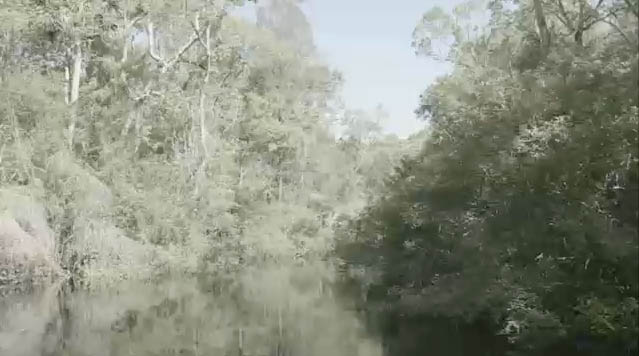
Kent Koptiuch talks about watersheds and water quality.
Download the CPALMS Perspectives video student note taking guide.
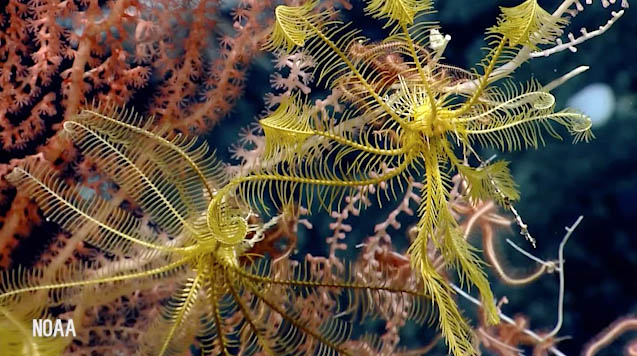
Sandra Brooke, from FSU Marine Lab, talks about undersea canyon ecosystems.
Download the CPALMS Perspectives video student note taking guide.

Viruses aren't alive but they still need to stay in shape! Learn more about the geometric forms of bacteriophages!

Calorie-dense foods can power the human body across the ocean? Feel the burn.
Related Resources:
KROS Pacific Ocean Kayak Journey: GPS Data Set[.XLSX]
KROS Pacific Ocean Kayak Journey: Path Visualization for Google Earth[.KML]
Download the CPALMS Perspectives video student note taking guide.

What do you do if you don't have room for all your gear on a solo ocean trek? You're gonna need a bigger boat...or pack smarter with math.
Related Resources:
KROS Pacific Ocean Kayak Journey: GPS Data Set[.XLSX]
KROS Pacific Ocean Kayak Journey: Path Visualization for Google Earth[.KML]
Download the CPALMS Perspectives video student note taking guide.

If you want to take things to space, you have to have a place to put them. Just make sure they fit before you send them up.

Go behind the scenes and learn about science museum exhibits, design constraints, and engineering workflow! Produced with funding from the Florida Division of Cultural Affairs.

A surveyor describes the the surveying profession and the mathematical background needed to be successful.

Complex 3D shapes are often created using simple 3D primitives! Tune in and shape up as you learn about this application of geometry!

Dr. David McNutt explains how a simple do-it-yourself quadrat and a transect can be used for ecological sampling to estimate population density in a given area.
Download the CPALMS Perspectives video student note taking guide.

Let this teacher transfer some ideas about teaching wave and material properties to you. Then pass it on to someone else.
Download the CPALMS Perspectives video student note taking guide.

Mathematics plays a role in what we perceive as beautiful! Learn more about it while you learn about bird photography! Produced with funding from the Florida Division of Cultural Affairs.

A discussion of the applications of Knot Theory, replication of DNA, enzymes, and fluid dynamics.

A bio-mathematician discusses the folds and the structure of the brain and how they relate to math.

Statistical analysis played an essential role in using microgravity sensors to determine location of caves in Wakulla County.
Download the CPALMS Perspectives video student note taking guide.

Did you know that altering computer code can increase 3D printing efficiency? Check it out!

See and see far into the future of arts and manufacturing as a technician explains computer numerically controlled (CNC) machining bit by bit.

Ken Blackburn, an aerospace engineer for the United States Air Force, describes the relationship between wing shape and flight performance.
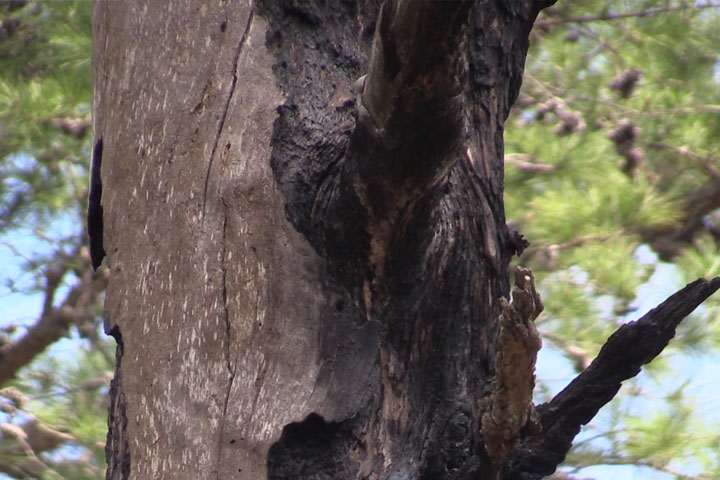
In this video, Jim Cox describes a sampling method for estimating the density of dead trees in a forest ecosystem.
Download the CPALMS Perspectives video student note taking guide.

Set sail with this math teacher as he explains how kites were used for lessons in the classroom.
Related Resources:
KROS Pacific Ocean Kayak Journey: GPS Data Set [.XLSX]
KROS Pacific Ocean Kayak Journey: Path Visualization for Google Earth [.KML]
Download the CPALMS Perspectives video student note taking guide.

You'll need to bring your computer skills and math knowledge to estimate oil volume and rate as it seeps from the ocean floor. Dive in!

Transform your understanding of 3D modeling when you learn about how shapes are manipulated to arrive at a final 3D printed form!

Carbon can take many forms, including foam! Learn more about how geometry and the Monte Carlo Method is important in understanding it.

Don't be a shrinking violet. Learn how uniform scaling is important for candy production.
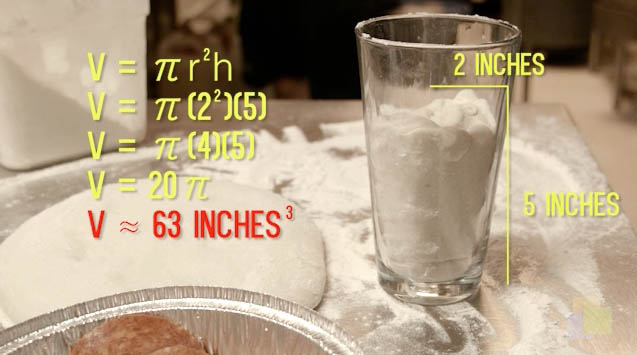
Michael McKinnon of Gaines Street Pies explains how when making pizza the volume is conserved but the surface area changes.
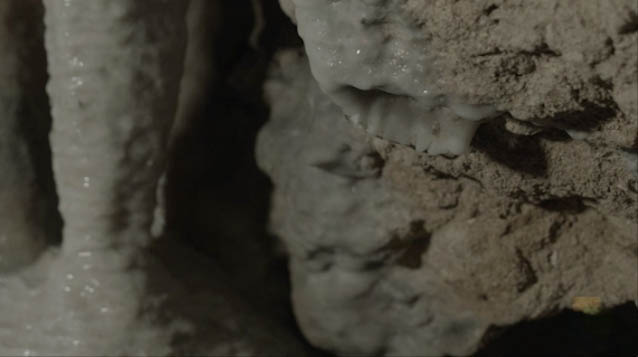
How long does it take to form speleothems in the caves at Florida Caverns State Parks?
Download the CPALMS Perspectives video student note taking guide.
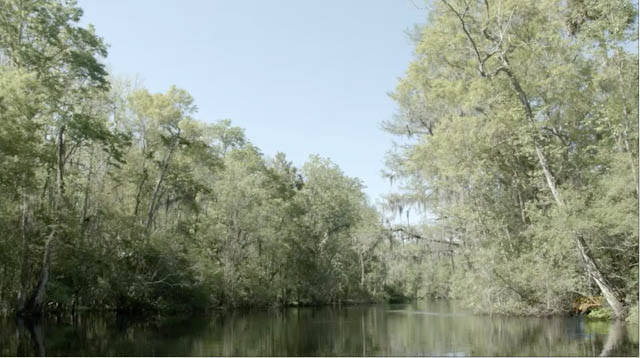
Harley Means discusses the mathematical methods hydrologists use to calculate the velocity of rivers.
Download the CPALMS Perspectives video student note taking guide.
![Cpalms [Logo]](/images/cpalms_color.png)







